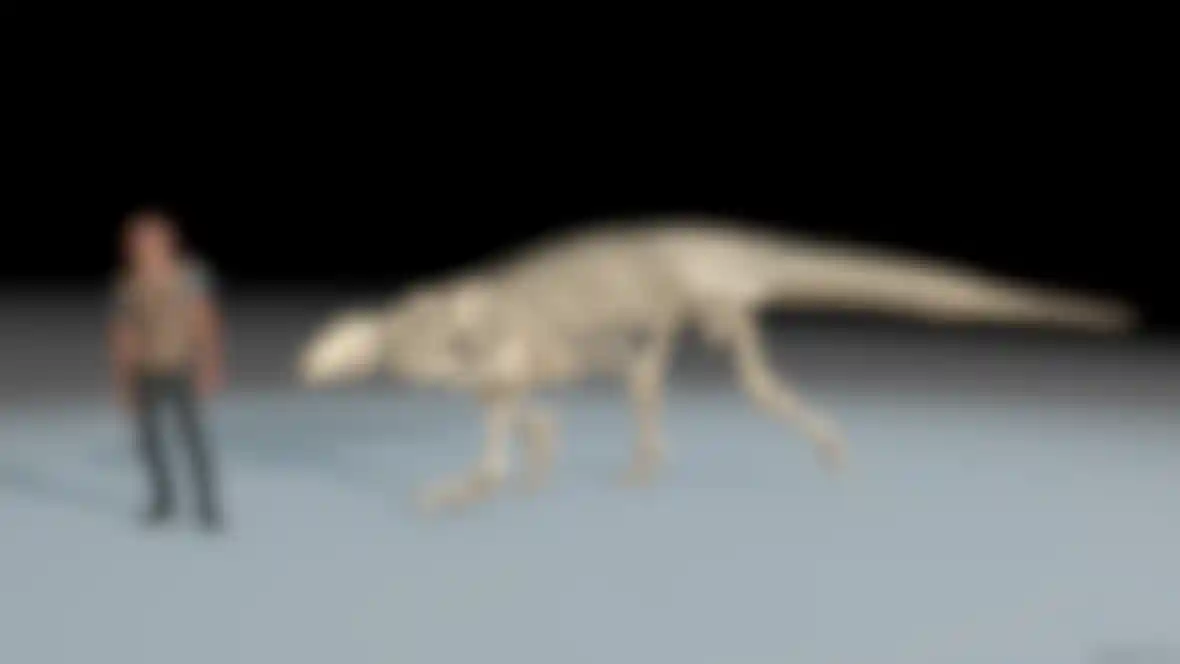
Everybody Walk the Dinosaur Creating anatomically accurate dinosaur skeletons for a Microsoft Kinect-based exhibit has proved something of a dream job for Stuart Pond Design.
To celebrate the 50th anniversary of the UK government's Natural Environment Research Council (NERC), the organisation asked for ideas for ‘public engagement projects' – interactive exhibits for its Summer of Science that people can engage with and learn from. The NERC held a competitive bidding process, in which the most exciting projects would receive funding to bring the idea to life.
The Animal Simulation Laboratory of Manchester University pitched the idea for a dinosaur simulation that would enable members of the public to control a 3D dinosaur skeleton. The system uses an Xbox One Kinect that reads the person's movements and drives the muscles in the simulator, revealing how a creature of that scale and weight might move.
The project is the brainchild of Dr. Bill Sellers – a computational primatologist – who enlisted the help of graphic designer Stuart Pond. Pond has been working as an artist and animator for more than 25 years, specialising in scientific visualisation, but also has another, somewhat unexpected, string to his bow: "My other passion is palaeontology," he says. "Especially dinosaurs. I've been fortunate to travel to digs in the badlands of Montana and been on field trips into the deserts of Utah and Arizona, but my favourite area for finding dinosaurs is the Isle of Wight! It's here we find the dinosaurs and their footprints that I've been working on for the past few years."
He explains that he was a Research Associate at the University of Southampton for a couple of years before starting his doctorate. He planned his PhD (on Early Cretaceous Wealden ankylosaurs, in case you were wondering) so he could apply the skills he learned doing scientific animations to his research. "Working on this project allowed me to work closely with the palaeontology team at Manchester, which was a real pleasure as well as a learning experience, and use my passion for the 3D work I do on a daily basis as a working artist."
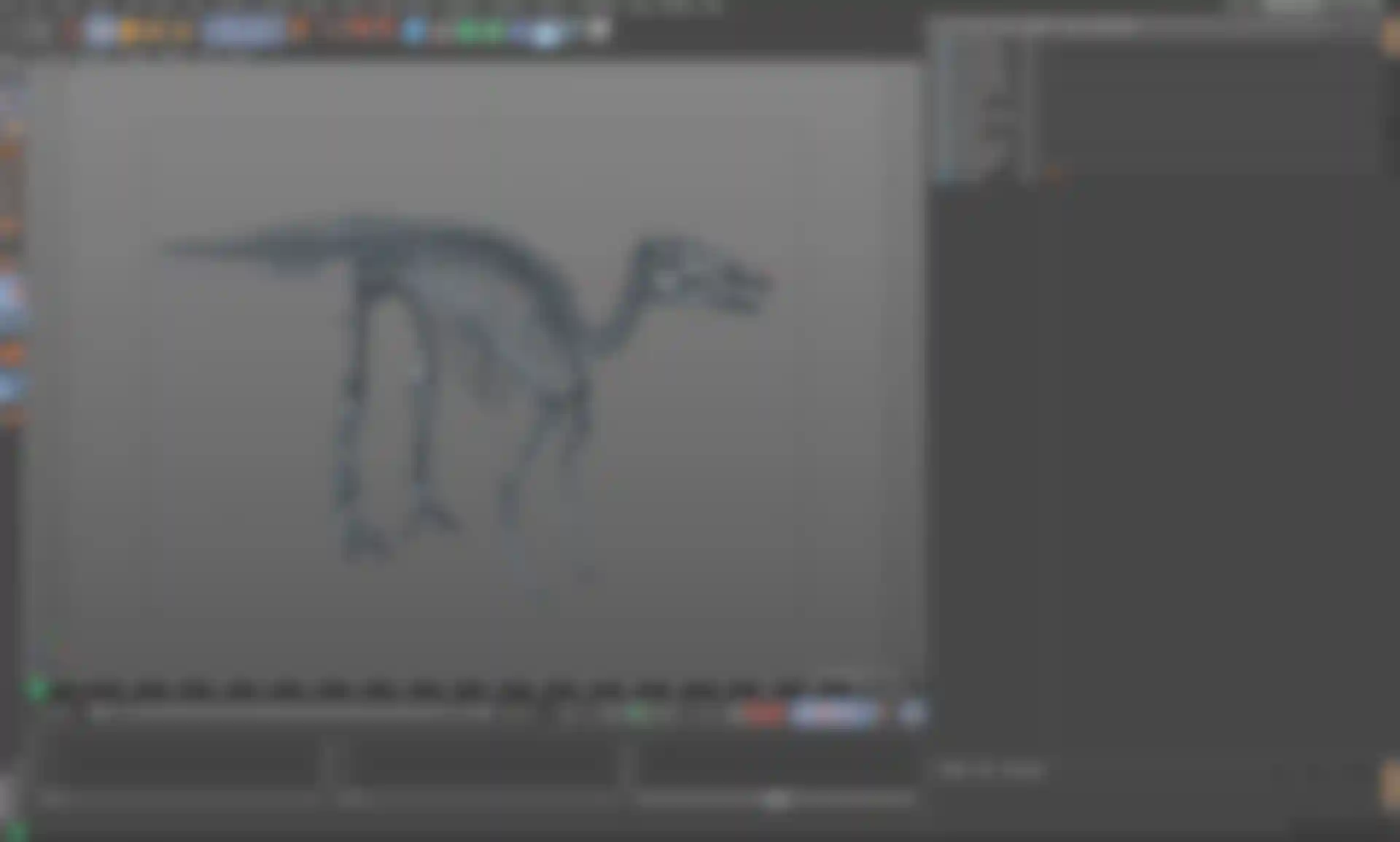

"I've been using Cinema 4D since it was ported to the Mac," he adds. "It's my choice for both commercial work and research. It's important that my PhD also feeds back into my day job, as being a scientist as well as an artist enables me to communicate effectively with the medical scientists I work with and has helped develop my research skills. Learning new skills is essential for both artists and scientists, and I'm lucky enough to be able to do both. Science and art are a powerful combination!"
The dinosaur simulation is driven by a modified version of the GaitSym multibody dynamics system, developed by Dr. Sellers. It's a forward dynamics modelling program that lets the user apply forces to a skeleton, and which then uses a physics engine to calculate the motion. In the case of GaitSymKinect, it uses the input from the user's movements applied to 3D dinosaur models as a means of showcasing the real-time physics and to help understand how fossil animals might have moved.
Once Dr. Sellers had the go-ahead from NERC, the first thing was to create some high quality 3D models of a variety of dinosaur skeletons. Stuart Pond was contacted by Dr. Charlotte Brassey, who works with Dr. Sellers, and explained the concept behind the project. After a meeting to discuss the details, Pond got to work on building the skeletons.
"Making the models as accurate as possible was key," he explains, "as they would need to be rigged with virtual muscles. We also needed to keep the polygon count as low as possible so the software could animate in real time, and the models needed to be suitable for 3D printing. All the bones were modelled from scratch and to life size within Cinema 4D."
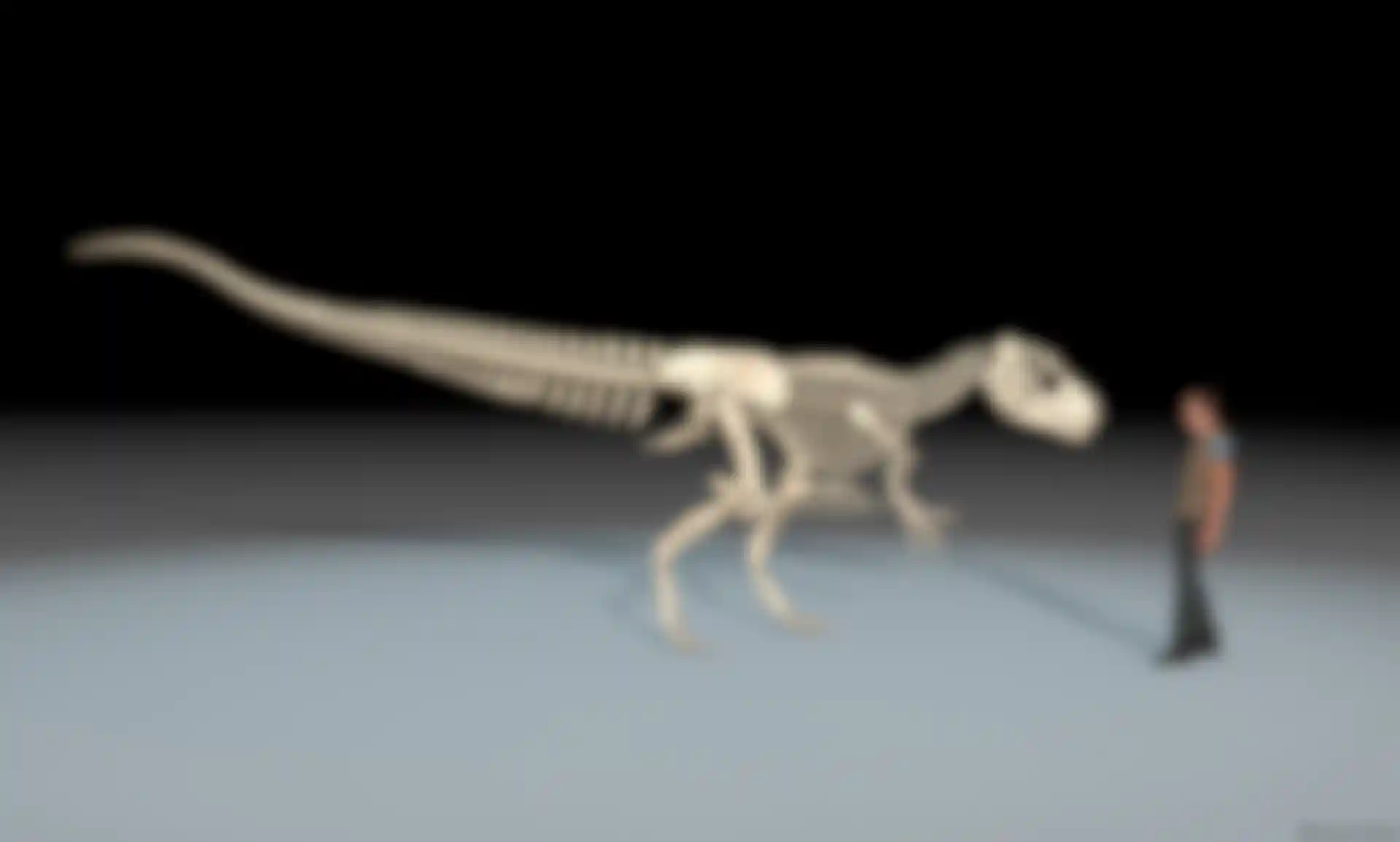
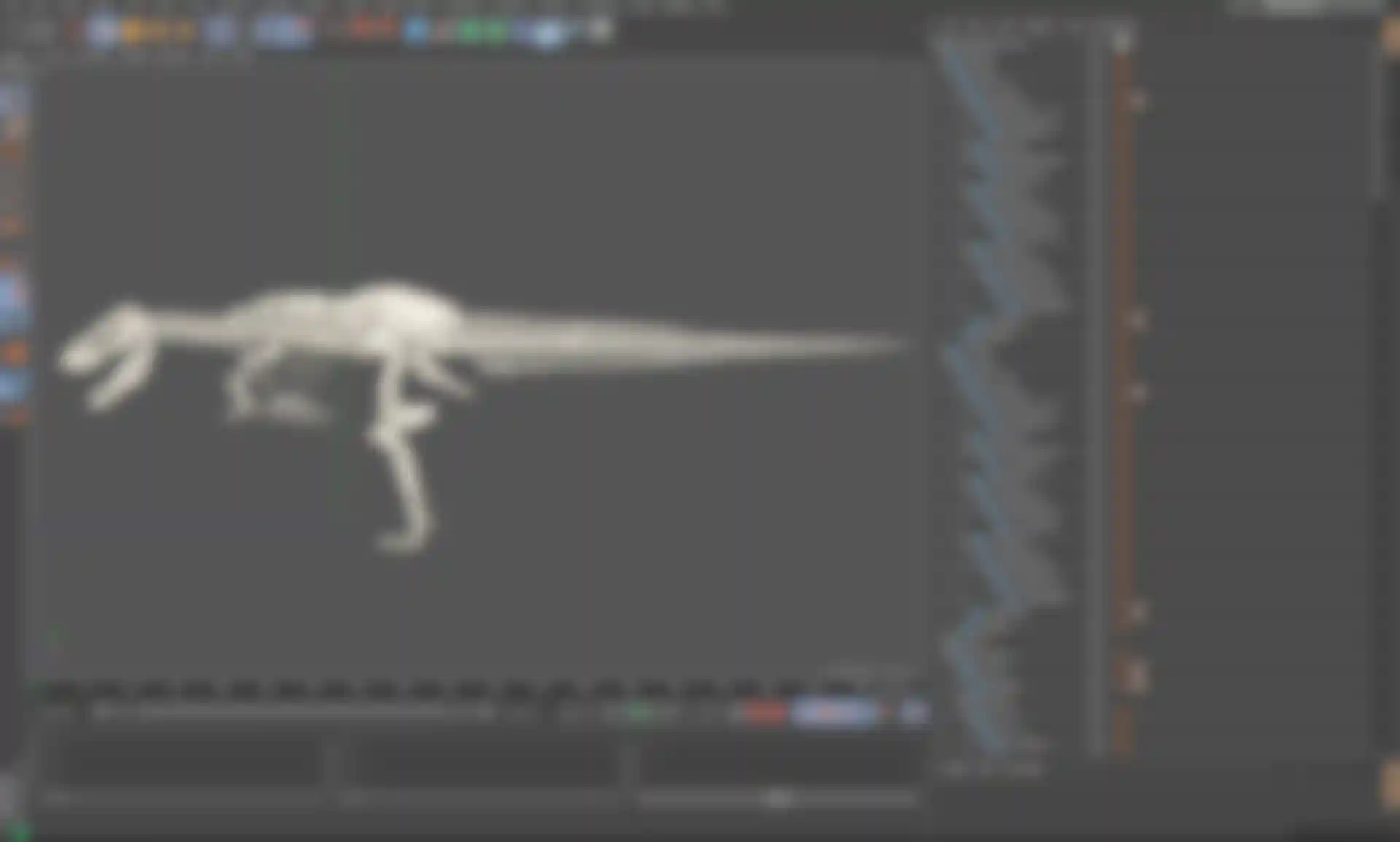
Before starting work, Pond sourced data from LIDAR and photogrammetry scans, as well as referring to scientific literature and first-hand observation of fossils and casts. "A skeleton has a lot of bones and each needs to be looked at individually to ensure it's correct when modelled," he says. "Modeling organic structures brings its own challenges and this encouraged me to think about the shape of each bone before I started work on it."
He began by blocking out the shape of each bone in Cinema 4D, using as few polygons as possible. The basic form was then taken into ZBrush, where Pond sculpted the finer details before using zRemesher to retopologise the mesh. This was then transferred back into Cinema 4D using the GoZ bridge, where he could use the native sculpt tools, and then assemble each skeleton before exporting to FBX files for use in GaitSym.
"I did this because ZBrush's sculpting tools are quick and easy to use," he explains, "and I find the sculpting workflow and symmetrical modelling much more intuitive in ZBrush, which is vital when creating a dinosaur skull, for instance. I did use Cinema's sculpt tools for adjusting many of the models though, especially the vertebrae where taking each one individually into ZBrush would have proved too time consuming. I like the fact I can move freely between the two apps as this is very important when setting up a workflow for any project that involves a lot of modelling."
Most of the bones were sculpted separately, although Pond admits that some of the vertebrae were simply adapted from ‘master' models: "These bones are repeated many times in the skeleton and whilst each bone is unique there are quite a few common features and you can take advantage of that. In these cases I would model a cervical, a dorsal and perhaps two or three types of caudal vertebrae and then adjust those in between with Cinema 4D's sculpting tools."
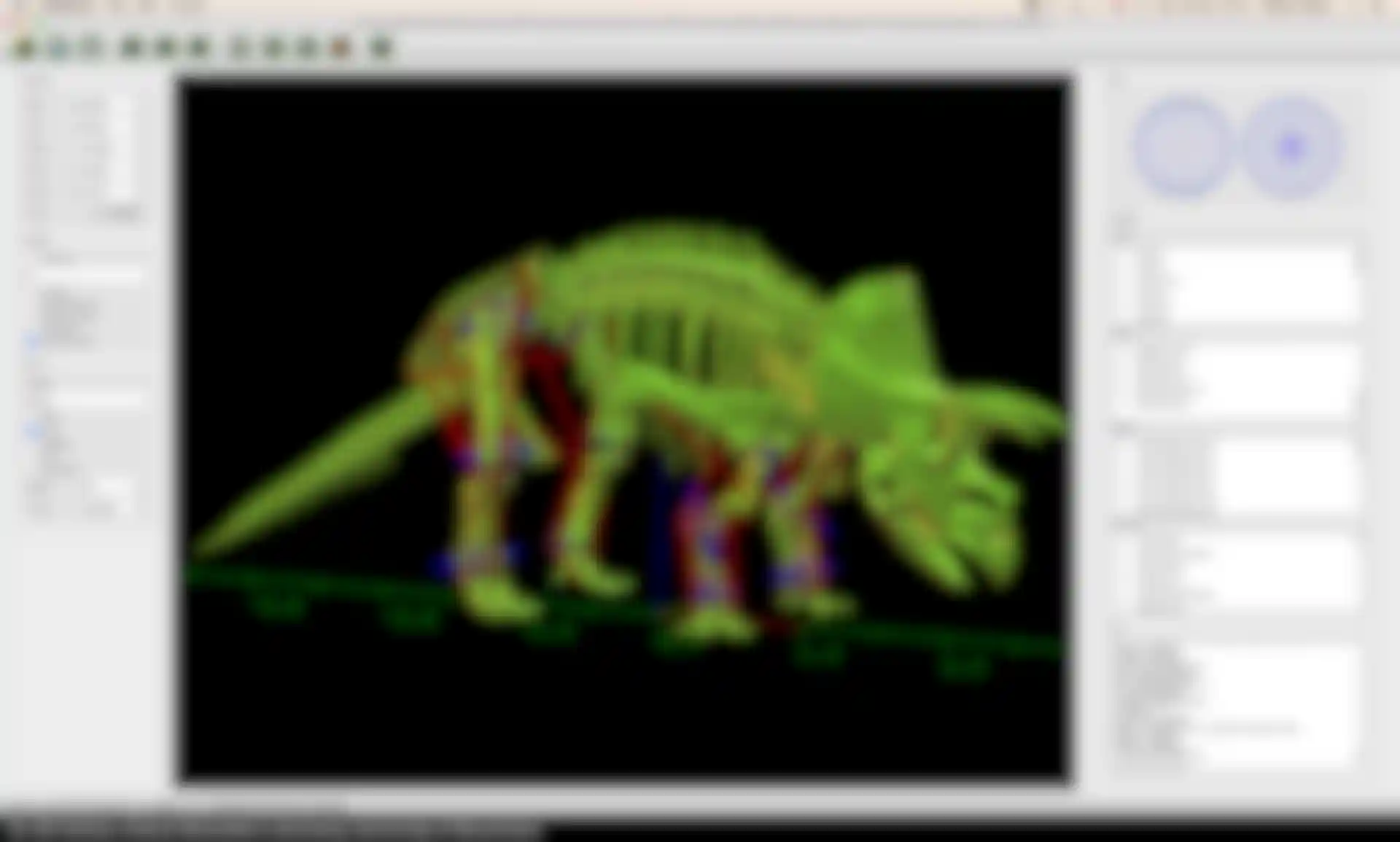
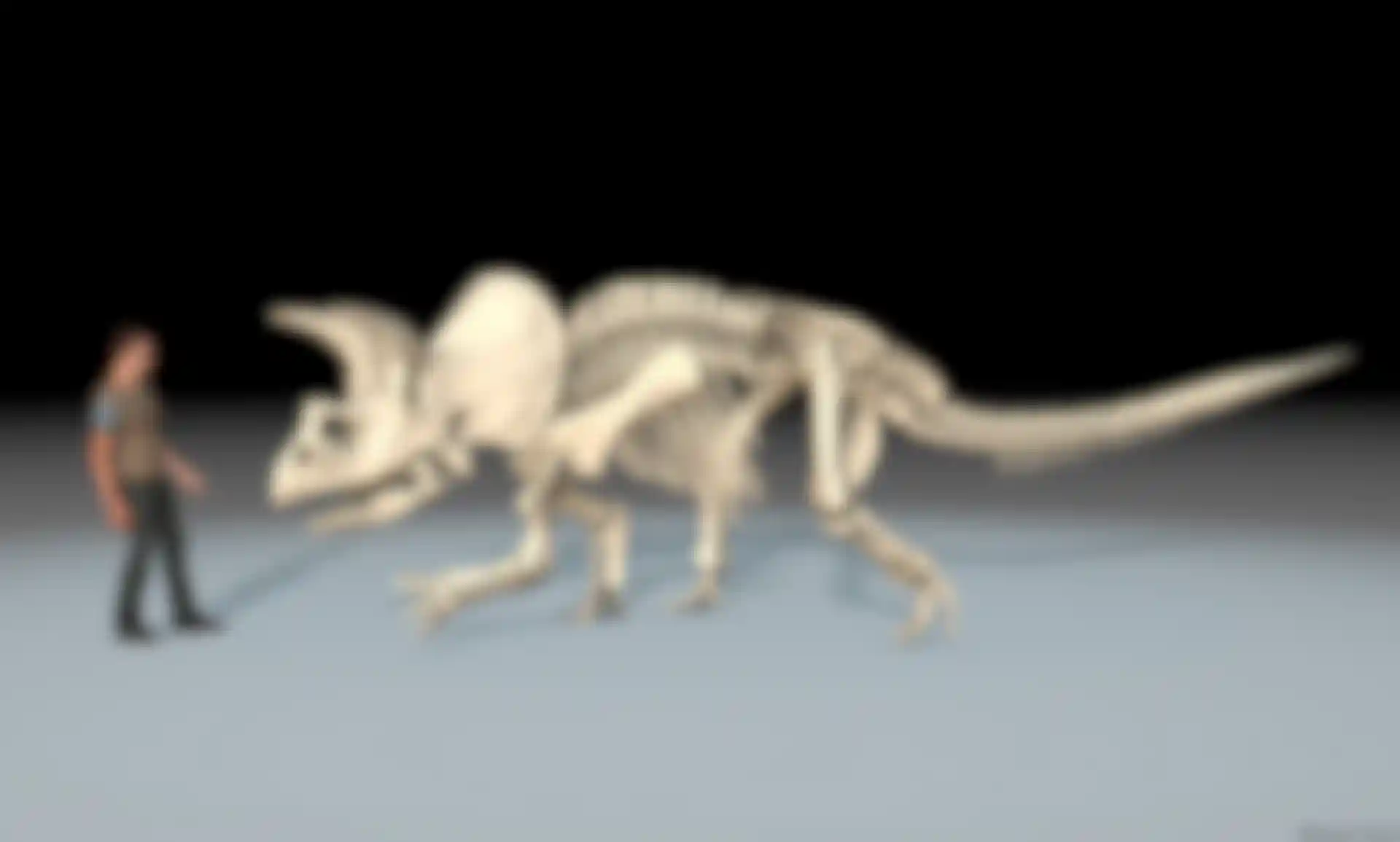
Cinema 4D's MoGraph toolset also came into play for replicating and positioning similar bones such as vertebrae, saving Pond hours of work. "I would replicate and scale the various parts of the vertebral column (for instance the vertebrae of the tail) using MoGraph, then convert to meshes and adjust the sculpt and reposition as required. In the case of Edmontonia I used MoGraph for much of the armour as many of the osteoderms [bony plates or scales] are pretty much the same shape, with some repositioning by hand."
Overall, Pond created around 210 bones for each of the six dinosaurs, taking about three days for each model. The armoured Edmontonia took longer because it features an additional 178 spikes and plates. "However it was worth the extra effort because it looks really cool," he adds.

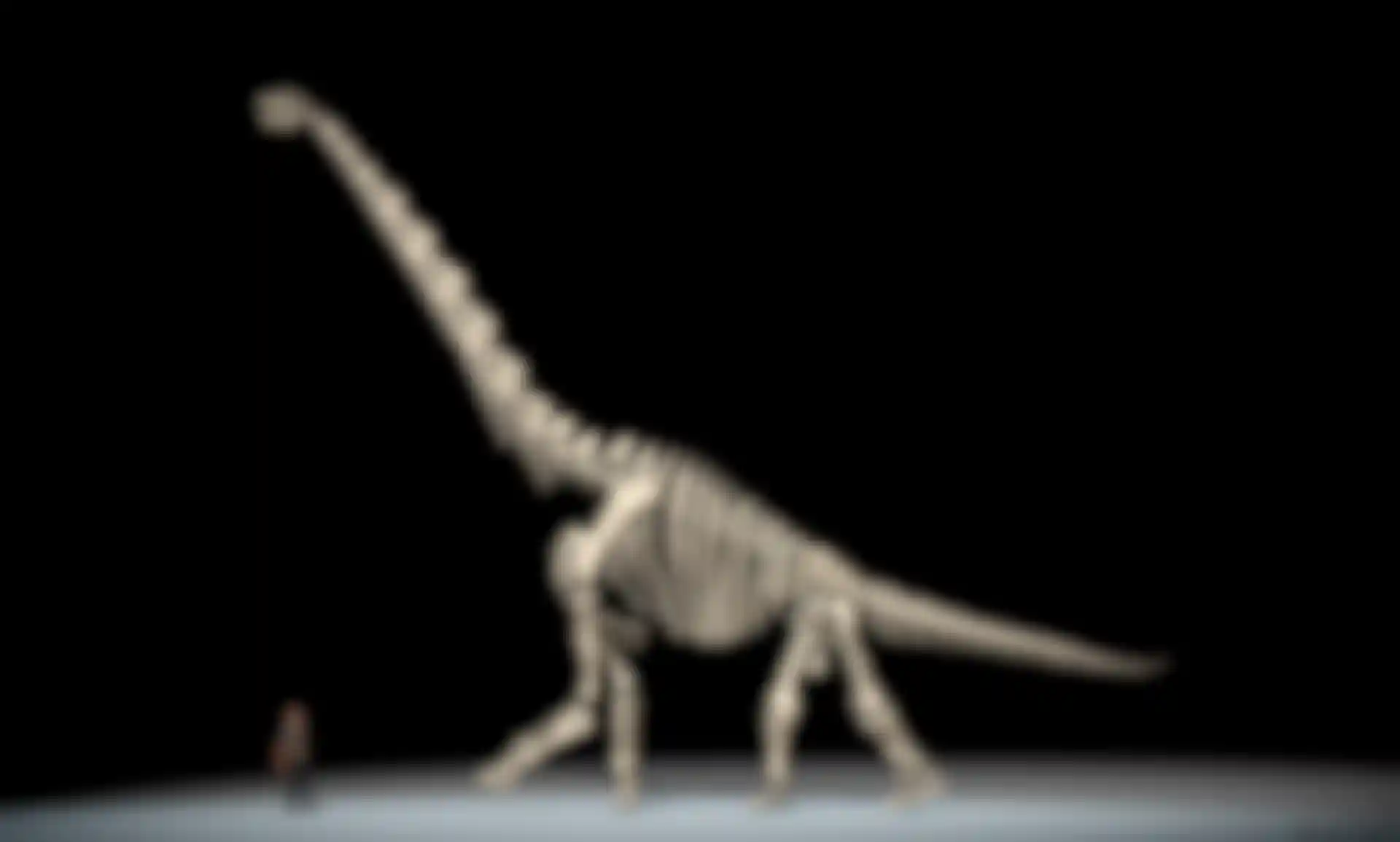
GaitSymKinect and all the skeleton meshes are available for download, so you can try them for yourselves in Cinema 4D. And despite their use in real-time visualisation, they're surprisingly high-res. "GaitSym is more than capable of handling models with this sort of poly count and greater," explains Pond. "We wanted to make these models as useful as possible to other researchers and so the mesh density was kept as low as possible whilst retaining scientific accuracy."
Clearly the combination of art and science has been the ideal project for Stuart Pond Design, made all the more special as his creations come to life within the GaitSym software. "It's always a thrill seeing your work being used in any situation and in this case it is very satisfying to know we can get actual data using these meshes. GaitSym is a remarkable piece of software and I'm very pleased the models work as planned, both in the Kinect version that allows users to control the dinosaurs and in the version Bill uses for biomechanical work. The fact they look good 3D printed too is great – I love the idea a person could print out a full-sized Tyrannosaurus rex if they wanted to."
All images courtesy of Stuart Pond Design.
Stuart Pond Design Website:
www.stuartponddesign.com
